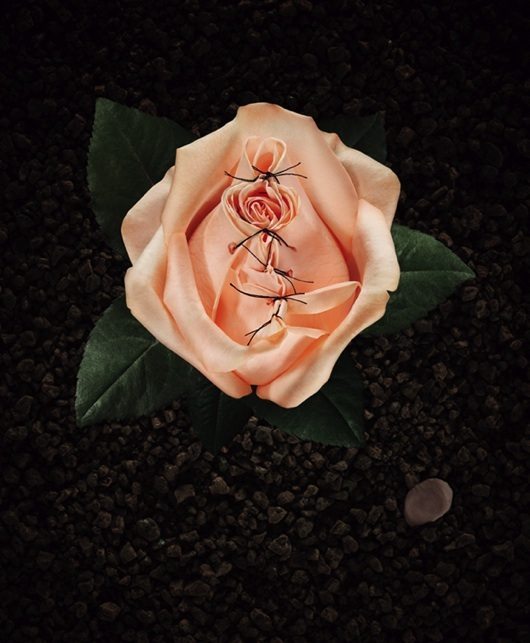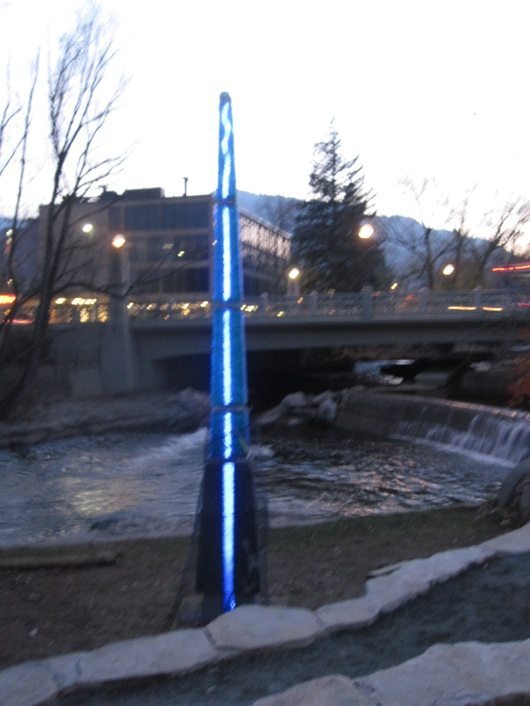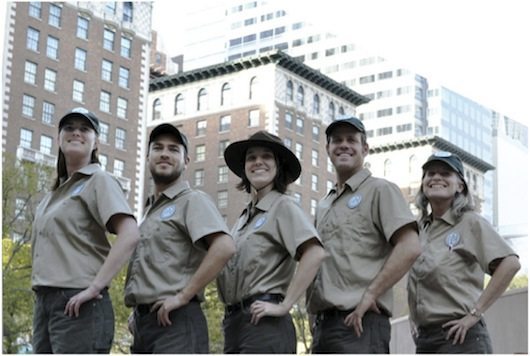I. PROLOGUE PART 1. OCTOBER 2011 THREE WOMEN won the Nobel Peace Prize: In Yemen Tawakkol Karman founded Women Journalists Without Chains. She led sit-ins and street protests demanding press freedom and human rights for marginalized groups. Her actions inspired the Yemeni uprising and the Arab Spring, earning her the nickname, ‘Mother of the Revolution.’ In Liberia Leyman Gbowee led a massive grassroots women’s protest movement in Liberia, which in 2003 ended 13 brutal years of war (after 250,000 deaths). In 2005 Ellen Johnson Sirleaf was elected President of Liberia, becoming the first woman elected head of state in Africa. She has managed Liberia’s peaceful transition and creation of stabilizing new social institutions. President Johnson Sirleaf credited, “…Liberian women, who have consistently led the struggle for peace, even under conditions of neglect.’ Ms. Gbowee added, ‘It’s finally a recognition that we can’t ignore the other half of the world’s population.’ The Nobel Committee’s (long overdue) primary goal was to draw attention to female empowerment. The Citation read: ‘We cannot achieve democracy and lasting peace in the world unless women obtain the same opportunities as men to influence development at all levels of society.’ PART 2. ON THE WINTER SOLSTICE, December 21, 2011, the NY Times front page headlines read: MARCH IN CAIRO DRAWS WOMEN BY THOUSANDS PROTEST AGAINST ABUSE Anger at Military Over Image of Beating and Humiliation HOPE RESIDES IN THESE NUMBERS—one image inspires, as does the actions of three women Nobel Peace Prize winners, and the collective action of thousands of women. No Time For Complacency is dedicated to these 1,003 plus non-complacent women. Collectively they make room for the possibility that 2012 may yet be a better year for the world. II. FEATURED ARTIST: WU MALI
A FEATURED ARTIST IS SELECTED for each Magazine issue who has made long term, important contributions to the field of ecological and social issue arts. Issue #4 honoree is Taiwanese feminist conceptual artist Wu Mali. Known internationally for her own art, since 2000 she has worked to bring ecoart home to her country. Linking collaborations among government institutions, museums, universities, and communities, she organizes and produces complex projects that bring in local and international artists to clean wetlands, save soil, grow organic food—all while respecting local materials and traditional crafts. She writes about this process in her own words. III. THE ESSAYS on NON COMPLACENCY NO THREAD BINDS THE ESSAYS TOGETHER for one neat conclusion. However, a side thought comes to mind—when faced with external stress, action (and art making) can be its own reward. The mélange includes solo artist projects; art and curatorial collaborations; nonprofit and/or entrepreneurial advocators; and more. IV. ARTIST PROJECTS
CAMILLE SEAMAN is an award-winning photographer who literally travels to the ends of the earth—the Polar Regions– to record the natural beauty of the demise and to her, reincarnation of icebergs. Her belief is that the iceberg portraits are akin to portraits of her ancestors. WEAD Magazine assistant editor KRYSTLE AHMADYAR interviews her, collecting history and current thoughts. AMBER VILAS writes about one project of BETTY BEAUMONT, a pioneering environmental artist best known for ocean reef building projects. In this essay art writer Vilas surveys Beaumont’s journey around the United States to photograph landscapes of bizarrely camouflaged cell towers. The act of camouflaging somehow uncovers our love-hate relationship with emerging technologies—an issue also taken up, although in a much different manner, in the work of Praba Pilar. PRABA PILAR is a fearless performance artist with a wicked sense of humor. She writes the Op Ed commentary Techno Culture Interventionist Performance in which she talks about her activist pieces that skewer contemporary dependence on technical gadgets that damage low-paid workers and the environment.
MARY BAYARD WHITE collaborated with a small group of concerned Boulder Colorado citizens to create a waterside totem of glass and stone–a Flood Marker. The Marker Project is a memorial to her own father, the well-respected, well known hydrologist Gilbert White. She elaborates on her father’s philosophy of floodwaters, how it relates to her own environmental concerns, and on her experience with the community collaborative art process. V. THE ADVOCATORS
ARTWORKS FOR CHANGE is the brainchild of long-respected curator RANDY ROSENBERG. Under AFC’s umbrella, Rosenberg curates and produces large group exhibits throughout the world on issues like global warming, condoned abuses against women, and with the blessing of the Dali Lama, world peace.
RECOLOGY SAN FRANCISCO is the new name for the Artist in Residence program at the city’s waste management and transfer plant, aka ‘the dump.’ Recology’s assistant program director SHARON SPAIN writes on how the residency came about, the ecological issues involved, its successes, and a small survey of the many artists that have worked there. Artist CAROL NEWBORG recalls her firsthand experiences working in CA prisons teaching ART for WOMEN PRISONERS. Sharing some of the women’s work, she explains how art making afforded the women a brief sanctuary in a harsh environment. That program is now gone; cut from budgets that will build prisons but not deal with the people inside them. VI. CRITICAL COMMENTARYSTRATEGICALLY SITUATED IN THE OP ED COLUMN of the Magazine Home Page, the CRITICAL COMMENTARY section is new as of Issue #4. It replaces REVIEWS. Now these Op Ed essays may critically reflect on a broader spectrum of the field–covering action, strategy, philosophy, intent. Concurrently, it can continue coverage of reviews–especially those that comment on a specific event but consider its meaning to the larger field.
ECOART IN TURKEY: Artists Nanette Yannuzzi and Arzu Ozkal met teaching in Ohio’s Oberlin College art department. While there, they collaboratively curated an exhibit of contemporary ecoart from Turkey—brought and installed in a unique rural campus site. They comment on the Turkish artists, contemporary ecoart activism in Turkey, curatorial experiences, and the final meeting of divergent cultures in Ohio.
Founder of ECOARTSPACE and independent curator PATRICIA WATTS posits that many community based ecoart projects cross into the time-based rubric of performance art. In PERFORMATIVE PUBLIC ART ECOLOGY Watts surveys and interprets a short selection of public issue ecoart projects—historic to contemporary, that illustrate her findings. (Watt’s current curatorial project explores water issues in the San Joaquin Delta, March 2012 in Stockton CA . http://www.deltawaters2012.org/ VII. FUTURE ISSUES
ISSUE #5 —THE ATOMIC LEGACY IN ART to be published late May 2012. This call is closed. All essays have been selected. This issue will be an important survey of artwork—historical and contemporary– from several countries on how atomic energy has affected the complex web of life. Comments will be welcome, and may be published in the following issue, if deemed valuable to public discussion. ISSUE #6 — OPEN THEME to be published December 2012. Proposal Deadline MAY 15. Notification JUNE 15. Essays Due SEPT. 15. There may be more essays on ATOMIC LEGACY if writing warrants, so send proposals if interested and relevant. PROPOSAL ACCEPTED AT ANY TIME FOR FUTURE ESSAYS. What’s wanted: critical writing on individual artist projects, collaborations with communities, surveys of a particular aspect of the field, reviews of artists/exhibits/books, and creative works.









